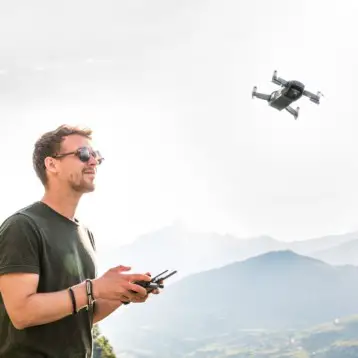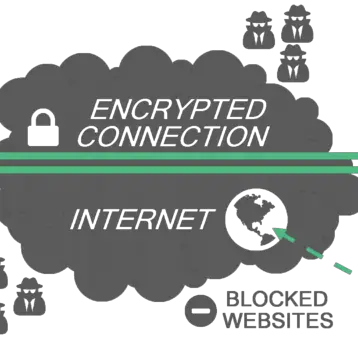Last week, San Francisco based startup-Planet Labs Inc.-launched 28 mini satellites into orbit with the aim of being the first to capture continuous high-resolution images of the Earth’s surface 365 days a year.
Called “Flock 1” and “Doves,” these individual Sputniks weigh in at a slim 5 kilograms each and are headed straight for the International Space Station. Once in orbit the doves will release and distribute a cluster of nano-satellites around Earth to begin streaming images. Each of these images will then be compiled into a massive 10-terapixel (about one million cell phone pictures) image of the whole Earth.
Unlike many costly Earth-imaging satellites, Planet Labs’ Lilliputian devices come in at a fraction of the cost and pack a high-res punch. According to Scientific American, these cameras possess a resolution of three to five meters which is “fine enough to distinguish individual trees in a rainforest, but not sharp enough to identify a person tending his garden.” This decrease in cost and size, but increase in capabilities is largely due to the availability of standardized components made by predecessors in remote sensing such as the CubeSat.
So, how exactly does “Flock 1” fare in the area of Earth-imaging?
Well, many larger agencies such as the National Oceanic and Atmospheric Administration’s Landsat 8, only deliver a 30-meter resolution. While other commercial providers of remote-sensing images, such as Skybox Imaging are capable of delivering much higher resolutions—as fine as one meter per pixel- they are only set to photograph very specific targets. So, this flock of doves lies somewhere in between these two capabilities.
Interestingly, the combination of a holistic, higher-resolution approach to Earth imaging shot continuously can take us places we have yet to see. A few potential uses for this technology will be up-to-date detection of animal migrations, crop cover, pollution, traffic patterns, etc. on a grand scale.
While Planet Labs’ endeavor sounds really cool and hopeful, if you are like us, you might be a little concerned about the issue of privacy and, quite frankly, the fact that more satellites just contribute to the ever growing amount of junk in space. The company makes an attempt to address these concerns, however by explaining in their vision statement that “users [of the technology] are able to see the canopy of a tree but cannot identify individual cars or persons. Secondly, we care about orbital space debris and have designed our satellites to fly in low orbits, operating safely away from the congested space environment at higher altitudes.”
Planet Labs Inc. is a purpose driven company that believes in harnessing the power of space technology for the betterment of society. By providing unprecedented coverage and imagery of the Earth, Planet Labs hopes to provide the data that could “inform future humanitarian, ecological, and commercial endeavors.”–For more information visit their website here.









